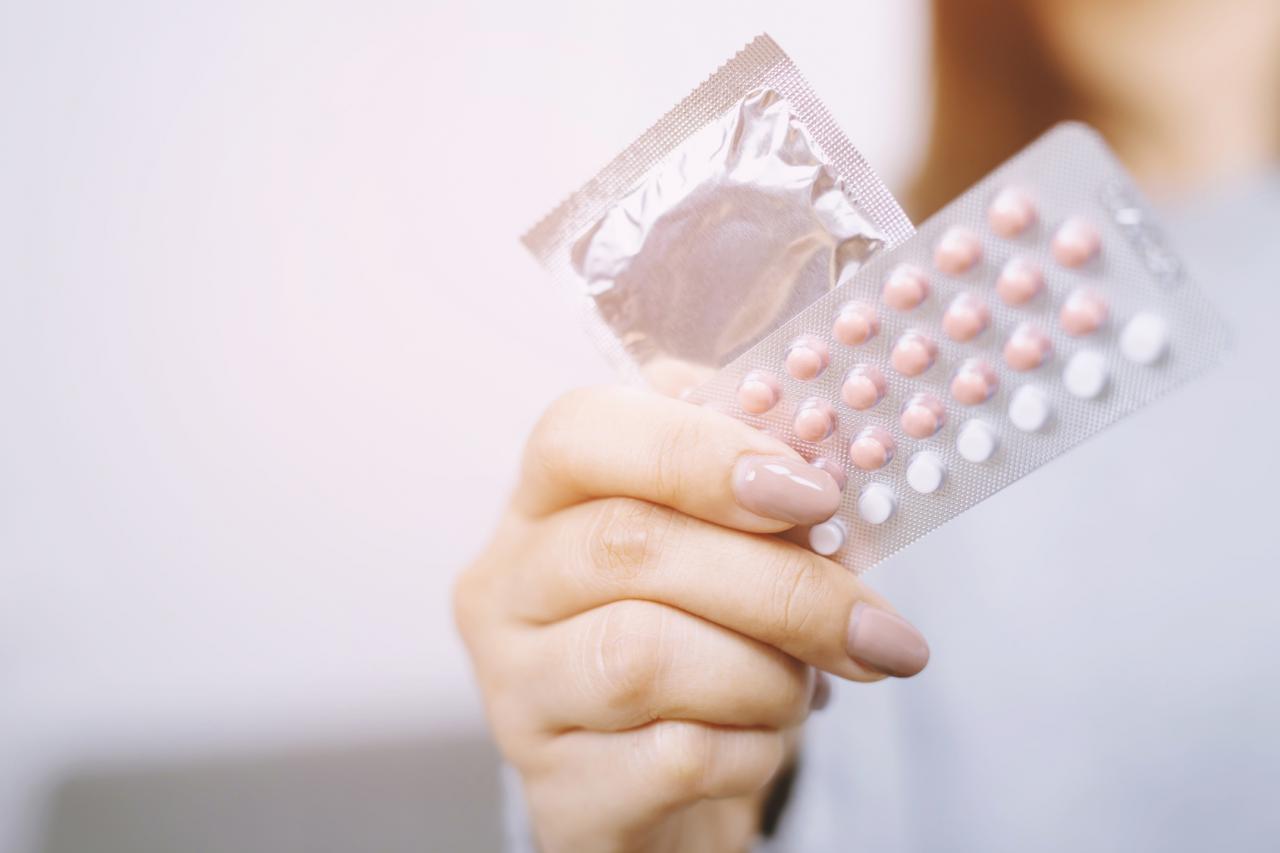Your ovaries are a pair of almond shaped glands in your pelvis that are located on either side of your uterus, and linked to your fallopian tubes.
They contain the female sex hormones estrogen and progesterone. These hormones determine your female characteristics like breasts, the female shape of your body, and body hair.
Your ovaries regulate your menstrual cycle and reproduction. At the beginning of your menstrual cycle, low hormone levels prompt your body to make more hormones.
This assists with the development of the egg, and also causes the lining of your uterus (endometrium) to get thicker, making it more amenable to the implanting of an egg after fertilization.
Cervical mucus which was previously dry and thick, will become thin and slippery around ovulation. The change in mucus allows sperm to make the swim to the egg more easily.
Ovaries contain egg follicles which develop ova (eggs). Egg follicles will develop approximately 20 eggs during each menstrual cycle, but not all of these eggs will mature and be released. Usually only one egg will reach this stage.
Ovulation is the process of the egg follicles releasing an egg. This event will usually take place about 14 days before your menstrual period begins.
Every woman has her own cycle though, so in reality ovulation can take place at any point between about 12 to 18 days prior to the beginning of your menstrual period.
Before ovulation, the follicle holding a maturing egg moves toward the ovary. A decrease in estrogen starts the ovulation process.
This drop in estrogen tells a part of your brain called the hypothalamus to put out more gonadotropin-releasing hormone (GnRH).
The rise in GnRH sends a signal to the pituitary gland to increase more follicle-stimulating hormone (FSH). This increase in FSH stimulates the growth of ovarian follicles.
When the maturing egg touches the ovary, ovulation takes place. The follicle and the surface of the ovary release the egg.
If you are between puberty and menopause, and if you're not pregnant, one of your ovaries will usually release an egg roughly once a month.
The egg will leave the ovary through a fallopian tube, heading in the direction of the uterus, and so the potentially life-producing odyssey begins once again.
If pregnancy doesn't occur and if no other deterrent should arise, this monthly process will continue, either until conception or until perimenopause begins to bring the reproductive cycle to a close.
Resources:
Ovaries
http://www.mamashealth.com/organs/ovaries.asp
Female Reproductive System
http://www.epigee.org/guide/reproduction.html
InnerBody: Female Reproductive System
http://www.innerbody.com/image_repfov/repo07-new.html
Female Reproductive System in Human
http://www.tutorvista.com/content/biology/biology-iv/reproduction-in-animals/human-female-reproductive-system.php
The Reproductive System
http://www.emc.maricopa.edu/faculty/farabee/biobk/biobookreprod.html
Ovary 101
http://womenshealth.about.com/cs/ovarianconditions/a/yrovrisovuovads.htm
Visit Jody's website and blog at http://www.ncubator.ca and http://ncubator.ca/blogger




Add a CommentComments
There are no comments yet. Be the first one and get the conversation started!